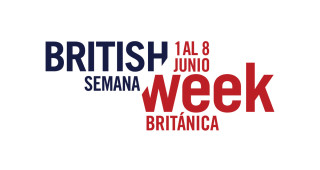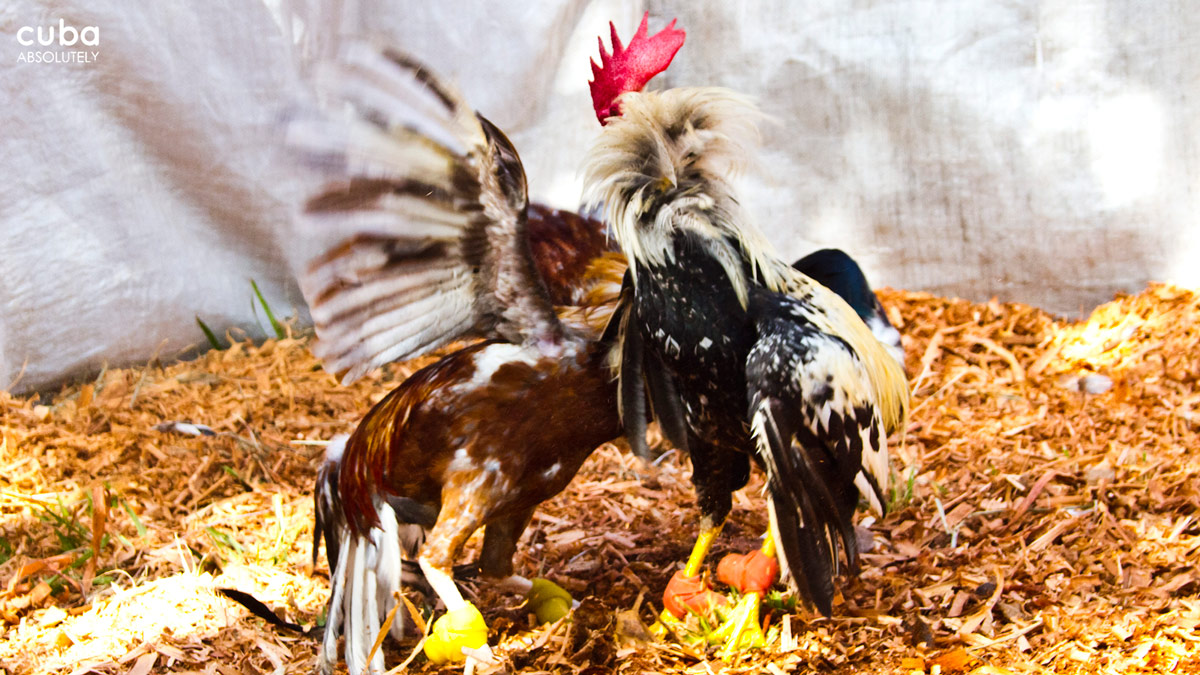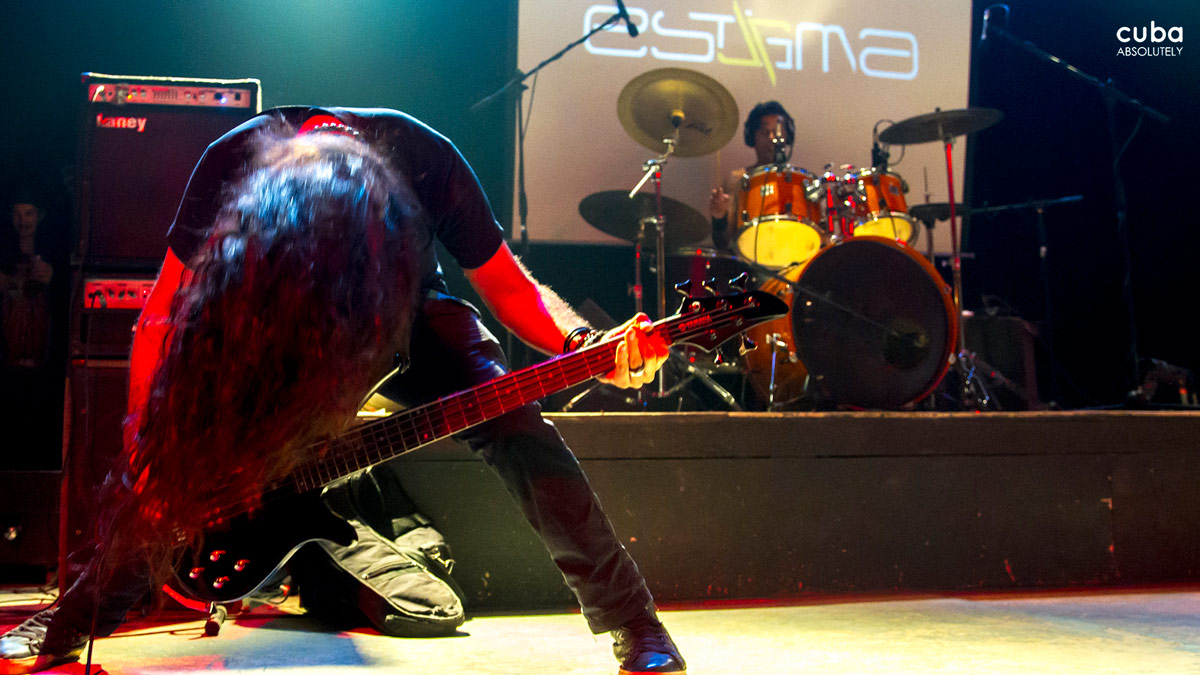Today, the Havana carnival provokes mixed feelings from Habaneros. On one hand, the complaints that locals voice are numerous: too much reggaeton, too much drinking and, of course, too high a possibility of rain. ‘I’m definitely going to avoid it this year,’ seems to be a reoccurring sentiment. Yet, on the other hand, thousands and thousands of people still spend the week of August partying down the Malecón. It is true that in times gone past the Havana carnival has been more glamorous, the election of a Carnival Queen until 1970 was a real highlight while the floats of the 1980s were simply spectacular, but the current state of the Havana carnival is a clear reflection of the evolving nature of the country. Indeed, with such a long and storied history, the Havana carnival highlights the changing demographic and political landscape of the island over the last five centuries. In what follows, Ricardo Alberto Perez, a well-known Cuban writer and poet, explores the history and background of this erotic feast of the flesh.
The roots of the Havana carnival can be traced back to medieval Italy where the original carnival was probably tied to ancient Roman Bacchanalia or Greek Dionysia festivals. Held shortly before the onset of Lent in February when Catholics were forbidden to eat rich foods in preparation for Easter, the carnival became an integral part of the Christian calendar celebrated with parades and masquerade balls.
From Italy, where the carnival of Venice still holds a place of importance, the carnival tradition spread throughout Catholic Europe before leap frogging across the Atlantic in the wake of Iberian explorers and colonizers. Within a century of Christopher Columbus’ historic journey, carnivals were held in the Cape Verde and Canary islands as well as in South America and the Caribbean.
In colonial Havana, where carnival festivities date back to 1573, a mixture of social classes paraded down the streets in carriages, on horseback, and on foot dressed in elaborate masks and costumes. Fireworks and streamers rained down on the decorated floats, huge figures called muñecones, and the dancing men known as faroleros.
The introduction of African slavery in Cuba added another dimension to the festival as new African musical instruments and dance forms were incorporated into the celebration. A seventeenth-century Italian visitor, Giovanni Francesco Giamelli Careri, remarked: “On Sunday, February 9, 1698, in Havana, before Easter, blacks and mulattos, in picturesque costumes, formed a congregation to revel in the carnival.”
The first Havana carnival of the twentieth century was held in 1902, the inaugural year of Cuba’s first president. During the rich era of Cuban republican history, the carnival flourished with new features including the selection of a queen who reigned over the celebration with her ladies-in-waiting. A few years later, in 1908, two large group of dancers who, in a uniform manner, dance a rhythmic step in time with accompanying instruments entered the carnival scene: Los Componedores de la Batea and El Alacrán. These groups, known as comparsas, were born in marginal neighborhoods in Havana and became emblematic expressions of both the Havana carnival and Cuban culture in general. These comparsas told stories, such as a brawl between the women of a tenement house and a religious narrative from the abakuá society, through their dance and choreographies. Successive decades witnessed the addition of other comparsas, including Las Boyeras, Los Guaracheros, Los Mambises, Los Marqueses de Atarés and La Sultana. The carnival ball was also born in this era. Held in designated neighborhoods and Spanish regional clubs, Habaneros hid their faces behind masks as an expression of unrestrained freedom.
The Cuban Revolution of 1959 once again altered the political landscape of Cuba and affected the Havana carnival. In 1970, the last carnival queen was elected in a televised national event that attracted millions of viewers. The ever-popular carnival ball was also replaced by open-air dances in large public spaces while the long-standing February festivities were moved to the summer months to coincide with the celebration of certain historic events. Although they are a far cry from the glory days of their predecessors, floats, comparsas and muñecones still parade down the Malecón from La Punta to the Hotel Nacional every August to the delight of the thousands of revellers who gather on the streets to watch the parade.
The Havana carnival may not attract the hordes of tourists that its cousins in Venice and Rio de Janeiro do, but its history is richer and reflective of the abrupt changes that have rocked this island. Whether you interpret the carnival as a feast of the flesh or believe that it is used to reinforce a cultural and ethnological tradition, if you find yourself in Cuba in the summer, the Havana carnival is not to be missed.







